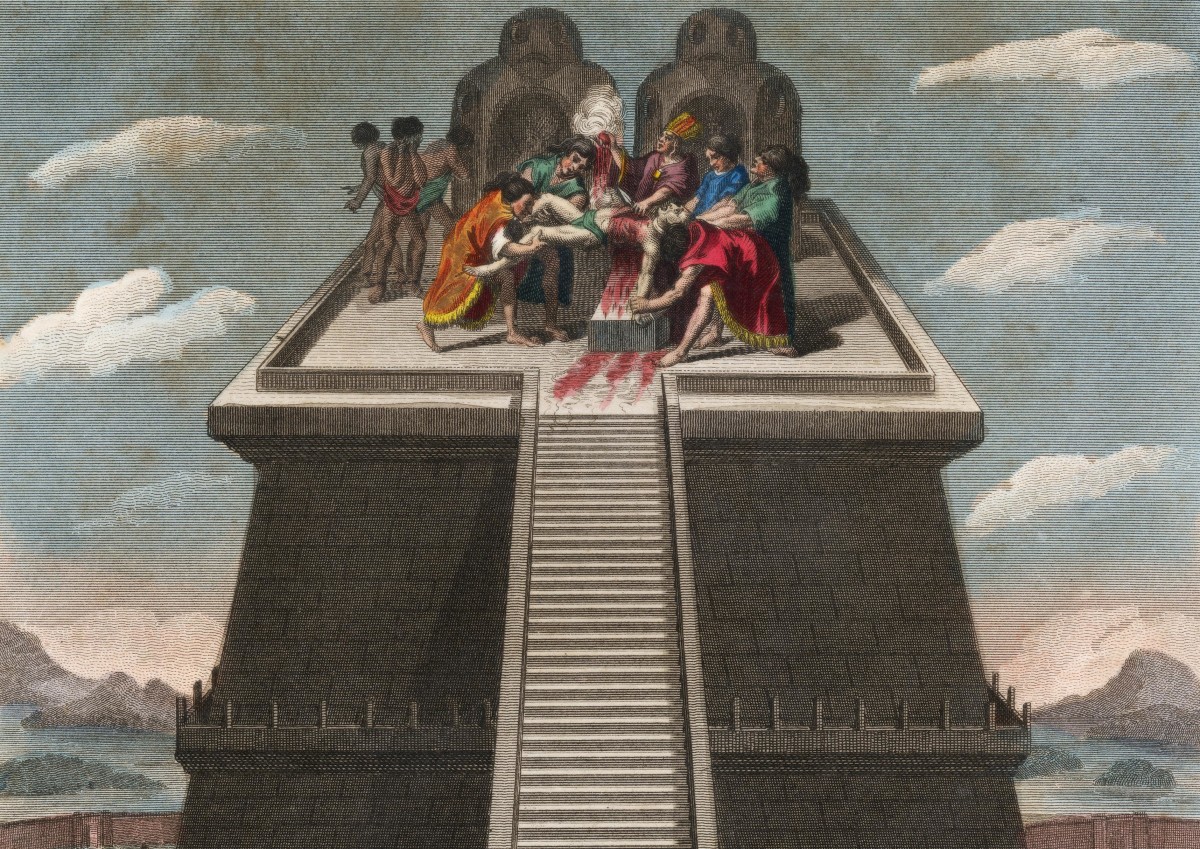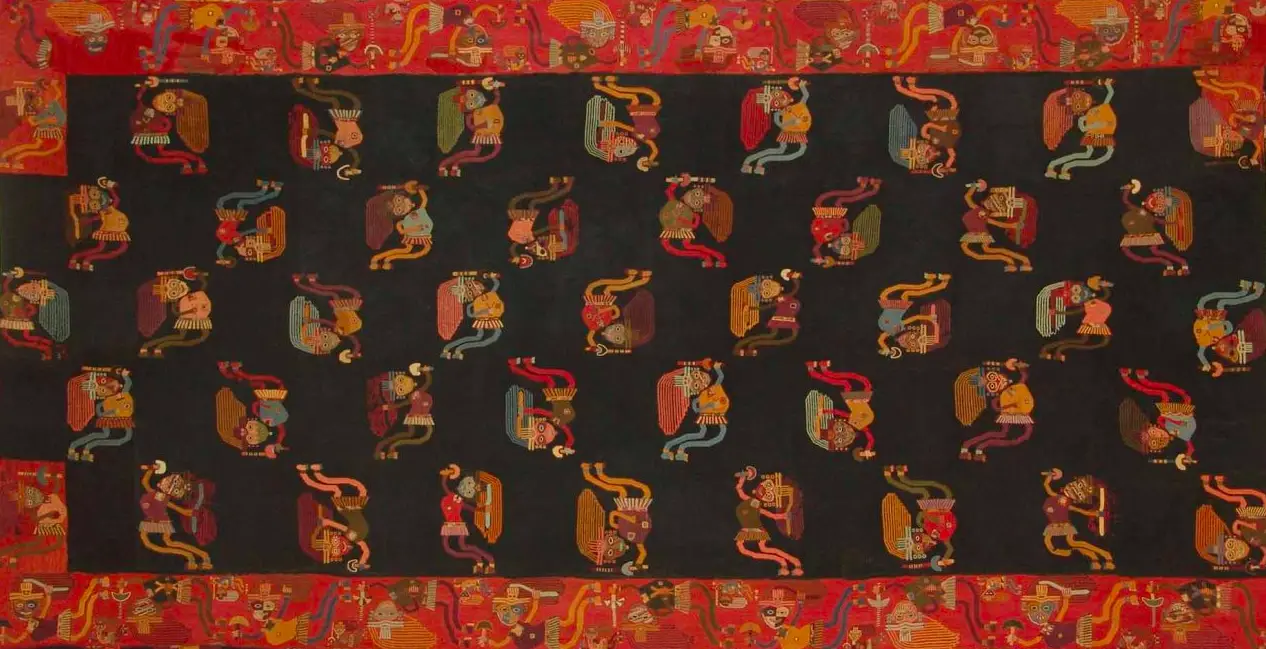Tag: INCA
Secret history of the conquest of Peru: the prophetic dream of the Inca Viracocha and the coming of the Spaniards
di Marco Maculotti
In an earlier essay from this cycle [cf. Viracocha and the myths of the origins: creation of the world, anthropogenesis, foundation myths] we were able to distinguish, in the Andean tradition, three types of characters called "Viracocha": the creator god of the origins, which we called "Divine Viracocha"; the civilizing hero of the beginning of the era of the "Fifth Sun", creator of Tiahuanaco, whom we have defined "legendary Viracocha"; and finally a historical figure, the eighth Inca ruler, the Inca Viracocha. If we have said enough of the first two, we now have to investigate the role of the third, referring to the most suitable chronicle in the study of the Inca royal dynasty of the "Sons of the Sun". We are obviously talking about the Royal Commentaries of Garcilaso Inca de la Vega, the only ancient source that has the supreme merit of listing, one after the other and with related enterprises, the twelve Inca who ruled the empire of Tahuantinsuyu.
The enigma of Tiahuanaco, cradle of the Incas and "Island of Creation" in Andean mythology
by Marco Maculotti
For the purpose of the continuation of the analysis concerning the foundation myth by the Viracochas [cfr. Viracocha and the myths of the origins: creation of the world, anthropogenesis, foundation myths], it will now be useful to pause to produce some considerations on the importance in the Andean tradition of the ceremonial center of Tiahuanaco, "one of the most significant and disconcerting legacies of human prehistory" [Petratu and Roidinger, p.152], cradle of the first men of the "Fifth Sun" [cf. Pachacuti: cycles of creation and destruction of the world in the Andean tradition]. The origins of this monumental complex are lost in the mists of time: at the time of the conquest the Andes claimed to have never known the city if not in ruins; the Aymara, one of the most ancient peoples of the Andes, claimed that Tiahuanaco had been inhabited "from the first men of the Earth"[Charroux, p.52]. For these reasons, by virtue of its enigmatic nature, Tiahuanaco has always attracted the curiosity of historians and explorers. In 1876 the French archaeologist Wiener wrote [cit. in Charroux p.49]:
"A day will come when it will be possible to say about the classical civilization of the Pharaohs, the Chaldeans, the Brahmans: you are cataloged in our books as the most ancient, but science proves that the pre-Inca civilization of Tiahuanaco precedes yours by many thousands years. "
Viracocha and the myths of the origins: creation of the world, anthropogenesis, foundation myths
di Marco Maculotti
We have set our sights on this cycle of essays classified as "Andean Notebooks" to focus on the most significant aspects of the tradition of ancient Peru, which was much more extensive than the present, also including parts of Ecuador, northern Chile and Bolivia. Having previously treated the doctrine of the "Five Suns" and pachacuti [cf. Pachacuti: cycles of creation and destruction of the world in the Andean tradition] let us now analyze the main numinous figure of the Andean pantheon: the creator god Viracocha (or Wiracocha or Huiracocha). For the purposes of this investigation, we will mainly use ancient chronicles (Garcilaso Inca de la Vega, Sarmiento de Gamboa, Cristobal de Molina, Bernabé Cobo, Guaman Poma, Juan de Betanzos, etc.) and the manuscript of Huaru Chiri, translated only recently, which we will integrate from time to time with the stories of rural folklore (collated by the anthropologist Mario Polia) and with some of the most recent hypotheses, if noteworthy.
Pachacuti: cycles of creation and destruction of the world in the Andean tradition
di Marco Maculotti
cover: Paracas culture textiles (coastal Peru)
A central concept in the Andean cosmogonic tradition is the belief in regular cycles of creation and destruction that would initiate and end the various cosmic eras. Time was conceived in a circular way; according to this doctrine, it had only two dimensions: the present (Kay Pasha) which at its end leads to the "ancient time"(Nawpa Pacha), from which we will return again to the present time [Carmona Cruz p.28].
This doctrine, comparable to that of the Indian Yuga and to the Hesiodic one of the ages, is based on a principle of cyclicality that would govern everything in the cosmos and which is called by the Andean tradition pachacuti, literally "a revolution, a procession of space and time". With this term, in the myths, a series of catastrophic events are described that foresee the general destruction of the humanity of the sky and its subsequent replacement with a new humanity - see the myths of origin of Lake Titicaca, in which it is said that Viracocha exterminated a previous race of giants with the flood or with a rain of fire to then create a subsequent humanity, the current one [cf. Viracocha and the myths of the origins: creation of the world, anthropogenesis, foundation myths].





